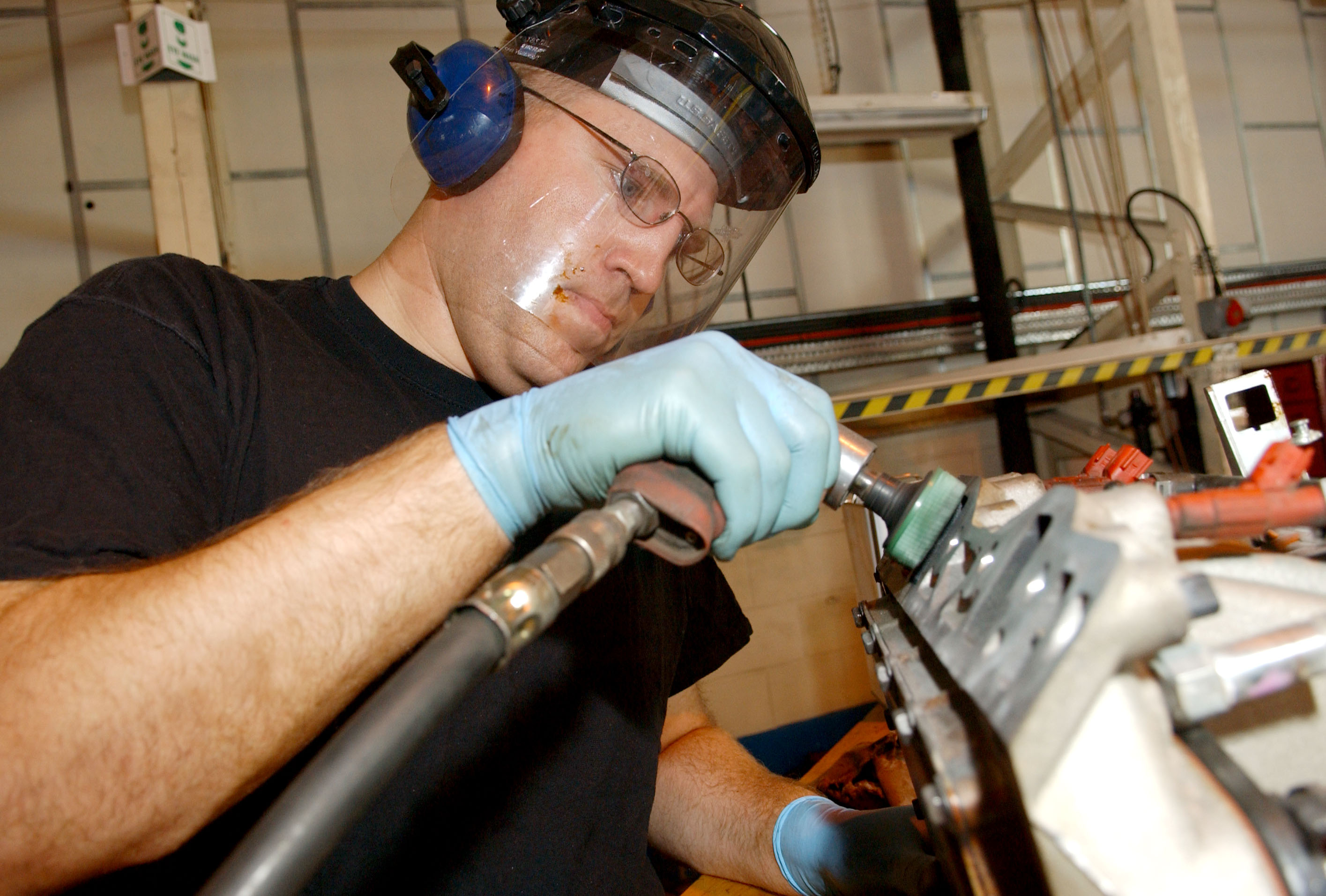Gasket failures can be troublesome, triggering unwanted downtime, earnings loss and security issues. Failure analysis shows that approximately 85 percent of all gasket failures are because of faulty user installation, though it is very important to keep in mind that with correct training and installation treatments, many of these failures are preventable. ASME PCC-1 is a post-construction guideline for pressure border bolted flange joint assemblies, and the bulk of gasket makers derive their setup treatments from this standard. For completion user who does not have a setup procedure, it is a great resource to have; nevertheless, the book is more than 99 pages and is not suitable to carry around in the field.
To aid with this, the Fluid Sealing Association, (FSA), in conjunction with the European Sealing Association, (ESA), have actually developed a Gasket Installation Procedures pocket book (offered in nine languages on the FSA and ESA sites, fluidsealing.com, europeansealing.com) to assist installers concentrate on the bottom lines of proper gasket installation. Following is a summary of the six principal locations of focus in consecutive order.
Circle tightening up illustrationFigure 1: Tradition approach or cross-bolt tightening up pattern (Graphics thanks to FSA).
Prior to beginning any setup, it is essential to follow all company security procedures and policies to guarantee the system has been http://mciancio.com/heldaz8868/post-unexpected-stats-concerning-48710.html depressurized, drained pipes and de-energized (lockout and tagout treatments) and have all the necessary individual protection devices (PPE) and tools to assist the task go as efficiently and as securely as possible. At minimum, devices should consist of:.
adjusted torque wrench or other tightening gadget.
wire brush.
hard hat.
security goggles and/or face shield.
lube.
other plant defined equipment.
Action 1: Clean and Examine.
As soon as the gasket has been removed from the flange, eliminate any foreign material or gasket particles from the sealing surface. Using a wire brush, physically remove any material embedded in the sealing face or flange serrations. Be careful not to use a grinder, hammer and chisel, or abrasive product that might further harm the flange sealing surface. Check the sealing face for damages, dings, mars or pitting that could trigger sealing problems. If there is any obvious flange face damage, you can describe ASME PCC-1 Appendix D-- guidelines for allowed gasket contact surface area flatness and problem depth, to identify if repairs to the flange are needed. Check fasteners such as bolts, washers and nuts for flaws, fractures and burrs. If fastener elements are determined to be defective then dispose of and replace.
Assessment Tip:.
When checking bolts and nuts, make sure that nuts run freely over the threads prior to installation to guarantee there is no damage to the threads.
Step 2. Align Flanges.
To create an effective seal, the installer should guarantee that the flanges are parallel as they are combined. This gives the finest chance of using a consistent optimum gasket load, producing the very best seal. ASME PCC-1-2013 Appendix E-- Flange Joint Standards, gives the suggested permitted limits for:.
flange parallelism.
centerline high/low (the alignment of inner diameter (ID) of the flange bore or outer diameter (OD) of the flange satisfy).
rotational-two hole (rotational alignment of bolt holes to allow the insertion of fasteners without binding).
excessive spacing, which is defined as when the distance between the 2 flanges is more than two times of the gasket density picked.
If the system piping requires more than regular force to bring the two flanges together, contact or talk to an engineer. Do not try and overtighten the bolts in hopes of bringing the flanges together.
Alignment Idea:.
Avoid using a lever or screwdriver to align flanges. Appropriate tools are offered to assist with both linear and rotational positioning that are more secure and easier to use.
Step 3. Install Gasket.
Before setting up, inspect the gasket to make sure that it is devoid of problems and that it was cut easily without any rips or tears. Thoroughly insert the gasket between the flanges, making certain it is centered in between the flanges. In the case of hard or horizontal setups, never ever use release agents or joint compounds on the sealing surface area of the gasket. Doing this triggers two main problems:.
The joint is now lubricated making it much easier for the gasket to extrude from the flange as an outcome of internal pressure and hydrostatic end forces that are acting on the joint.
The material can trigger a chemical attack on the gasket, compromising the gasket residential or commercial properties and its life span expectancy.
Jay Turner Company
1012 N 1st St, Artesia
NM 88210, USA
575-746-1730




_(14574755129).jpg)